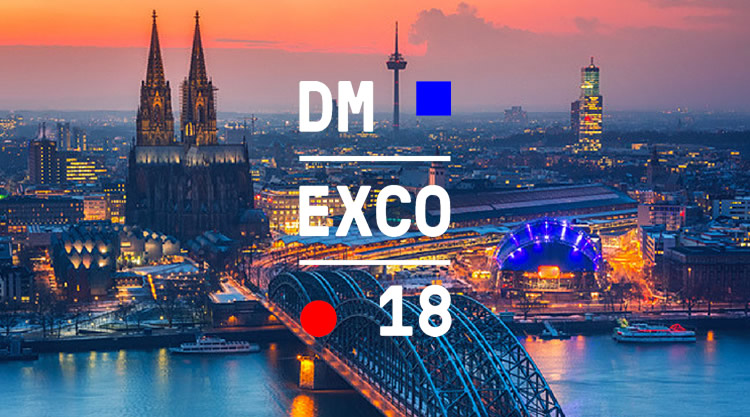The news that CNN is taking the reins of the digital publishing alliance Pangaea is a timely reminder for our industry. It highlights the importance of publishers coming together to address the issues they all face. In particular, the huge revenue threat – online and offline – from the rise of the powerful digital monopolies, Facebook, Google, and Amazon.
Publisher control
What Pangaea and other digital publisher consortia are trying to do is a good example of how technology can enable the collaboration that helps publishers wrest back control. In this case, it’s about retaking control of the monetisation of their digital inventory by controlling access to supply. Simply put – a buyer can only access the participating publisher’s inventory through one technology platform, helping all consortia partners realise greater value.
This type of set-up also means groups of publishers can better manage potential for ad supply chain gremlins, such as duplicate bidding (which affects latency and bid management), undercutting, spoofing, and fraud. All this increases efficiency for the media owners (and their buyers) while driving higher CPMs.
Consortia worldwide
It’s not just the UK. Consortia are also gaining traction in other markets. Japan has a “Publisher Alliance on Digital” (J-PAD) which allows brands to access a highly desirable audience through an exclusive private marketplace, powered by PubMatic. France has the “Gravity Alliance”, and New Zealand has the Kiwi Premium Advertising Exchange (KPEX). Alliances also exist in some Nordic markets. Meanwhile, Germany’s biggest publishers recently pooled their audience data to create a joint ad-targeting product.
On a slightly different theme, leading Austrian publishers united more than two years ago to tackle ad viewability by agreeing to sell their inventory based on independent viewability definitions agreed on by a dozen leading advertisers. Consequently, viewability – based on a shared definition – is part of actual trading agreements in Austria and now, according to Meetrics, ad viewability levels in Austria are sixty-seven percent, compared to fifty-two percent in the UK.
Offline flops
Just as the above consortia have had mixed levels of success, the progress made by Pangaea stands in fairly stark contrast to its offline counterpart, Project Arena. Project Arena is the UK newspaper industry’s efforts to set up a joint ad sales house. It is now in its third iteration after being known as Projects Juno and Rio.
Arena looks to be in trouble following this year’s withdrawal of the Telegraph, Daily Mail, and The Mirror, which goes to show how incredibly difficult these things can be to execute. But technology can help, which suggests why programmatic is an easier place for fierce competitors to create shared marketplaces.
Using programmatic platforms
To be successful, consortia need support and service, particularly from technology platforms, which they need to embrace. Consortia have traditionally been used by publishers to sell their ‘remnant’ inventory programmatically. However, to drive greater yields, they need to evolve from that mind-set and use programmatic platforms to better manage, optimise, and deliver all digital inventory.
The greater scale of data enabled by consortia is also a key factor in how they can be more than the sum of their parts. By partnering with other media owners, publishers combine their datasets to provide more accurate, more powerful audience targeting across their own sites. This characteristic of credible volume and data, coupled with programmatic efficiency and effectiveness, is important in encouraging both performance and brand spend to be directed to their properties and away from ‘the duopoly’ of Google and Facebook. Especially when you add the power of desirable ad environments that are ‘traditional’ for the publishers’ ongoing advantage.
The power of partnerships
However, for this to be viable, publishers, both on an individual and collective basis, need to work with the right partner to develop an open and transparent commercial model. This could mean a traditional revenue share or the relatively nascent platform-as-a-service (PaaS) model.
Publishers face huge challenges but the signs are there that by coming together and embracing technology they have the necessary scale and arsenal for a successful challenge.
We’ll be discussing this topic in greater detail at an upcoming dinner for premium publishers on the 30th of November. Led by The Sunday Times’ economics editor and policy advisor, David Smith, it will focus on what publishers can learn from the past and the emerging role of technology in helping drive successful change.
What’s next?
As a publisher-focused SSP, we encourage and value the consortia developing worldwide. We watch the upcoming shifts in the programmatic landscape with great anticipation and welcome the opportunity to partner with forward-thinking publishers.




